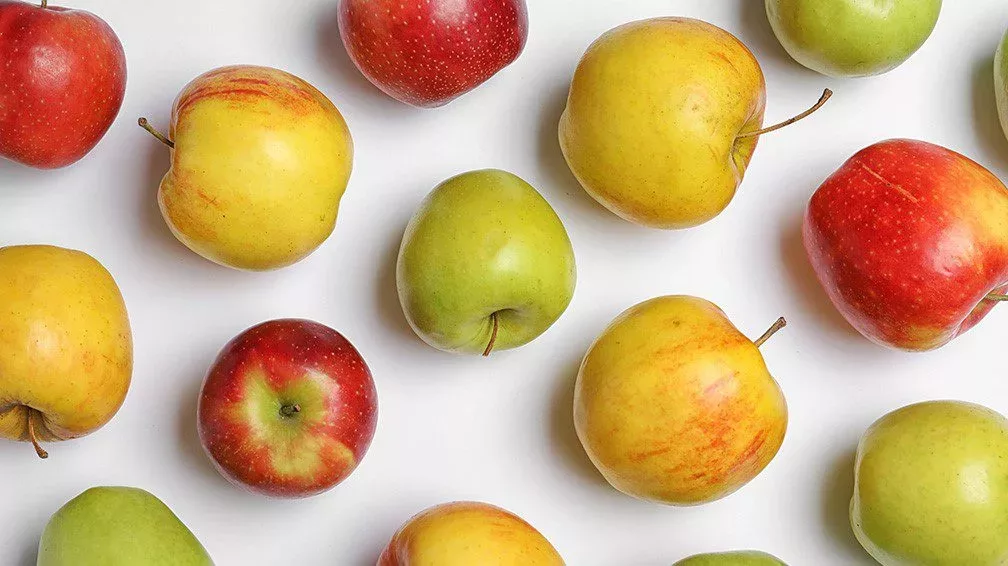
A Guide to Fall Apples
More apples are grown in Washington than any other state, so it’s no surprise that we are overflowing with fresh local apples throughout fall. Picking the perfect apple can be overwhelming with so many options, with new varieties coming almost weekly. Use this guide to help you choose your new favorite, and learn which apple is best for what.

Ambrosia
Discovered by chance in the 1990s, this apple has been carefully cultivated by a single producer until very recently. Its moderate crispness, mild tartness, and honeyed floral flavors make this one a staff favorite.
Best uses: truly all-purpose, great for eating out of hand, slow oxidation makes it ideal for slices in a lunch or on a salad, it holds its shape well for baking, and presses nicely into a honeyed floral juice.
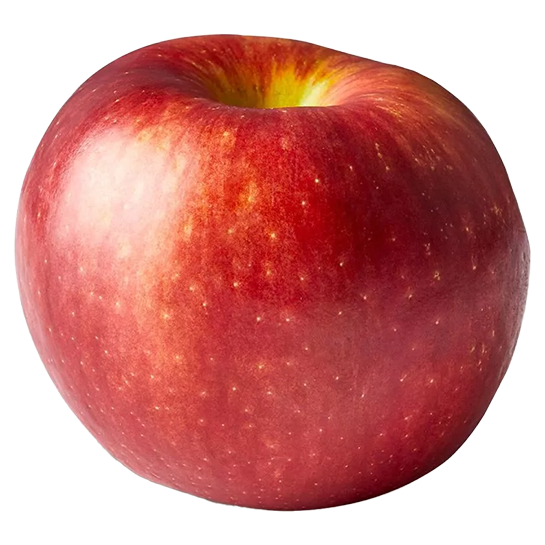
Cosmic Crisp
Originally bred as a long lasting and late season Honeycrisp, Cosmic Crisps have only been available commercially since 2019, and are only grown in the state of Washington. Crispy, with well balanced sweet and tart flavors.
Best uses: best eaten out of hand, but bakes well too.
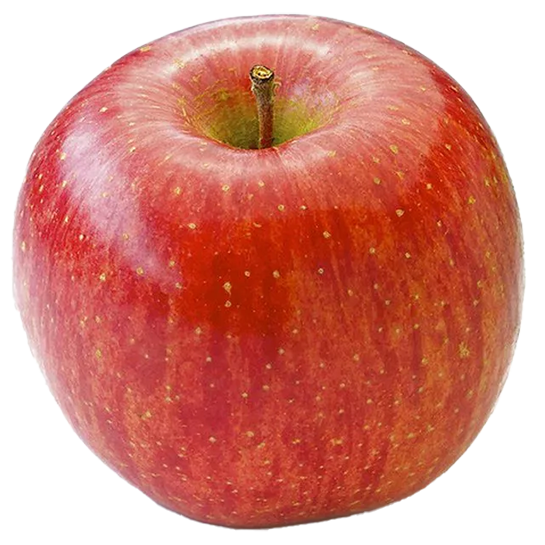
Fuji
The Fuji, named for its hometown of Fujisaki, Japan, is world famous for its sweetness. A lovely light rose or a rich crimson, Fujis always have a pretty pink flush. Ultra sweet, flavor forward, refreshingly juicy.
Best uses: not a standout in any specific arena, but its versatility makes it a welcome addition to snacks, salads, pies, ciders, and whatever else you’ve got planned.
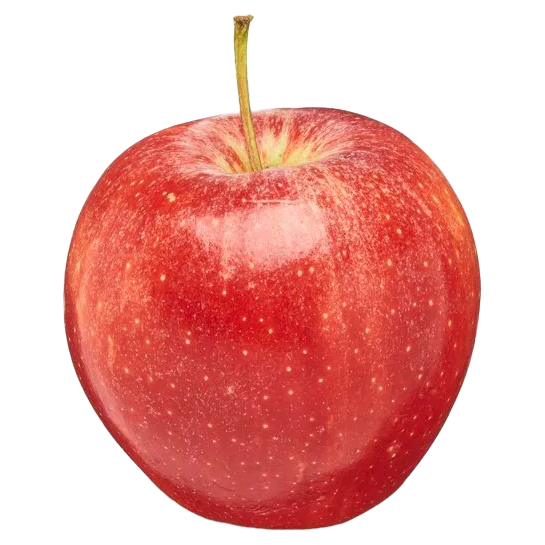
Gala
Galas are a popular choice, and can be found anywhere. Holds mildly sweet flavors with hints of vanilla. For a mellow, easy-eating apple, you’re in the right spot.
Best uses: great for dipping, as part of a snack spread, tossed with salad. Better fresh than baked
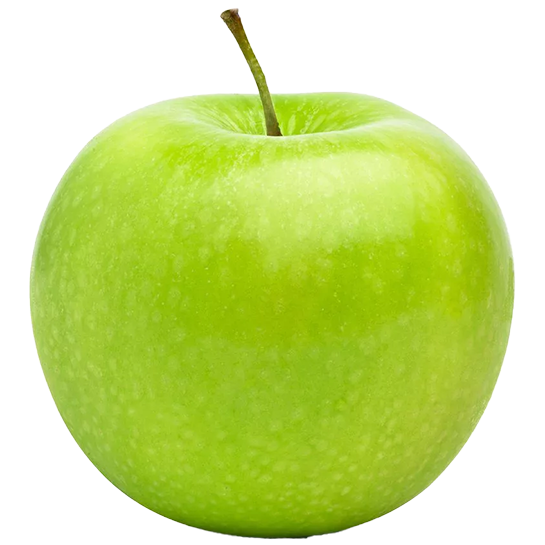
Granny Smith
The quintessential tart apple. Beyond the iconic light-green skin of this apple awaits a lemon-like acidity with just enough sweetness to satisfy. Discovered by none other than Granny Smith on her farm in Australia.
Best uses: all-purpose, when you want an extra tart apple flavor. Bakes exceptionally well in pies, and is what we use for our caramel apple pies

Honeycrisp
Crisp and famously sweet—the name really says it all. This popular, versatile apple can satisfy most anyone. The best Honeycrisp apples are yellow with a red blush covering the whole fruit. Look for them earlier in the season.
Best uses: best eaten out of hand or pressed into juice or cider
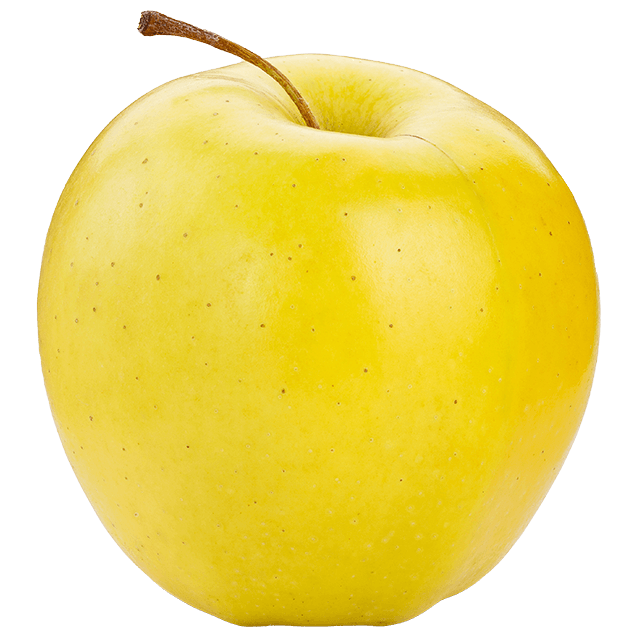
Opal
Instantly recognizable by its yellow color, the Opal is a mid-season essential. Bite into one to discover a surprisingly complex flavor profile, hinting at banana, coconut, and pear. Take your time and savor it, since its interior doesn’t brown as quickly as many others.
Best uses: popularly eaten out of hand, or chopped up in fresh salads and slaws. Still versatile enough to cook with.
Heirloom Varities
Looking for more apples to try? The Co-op also stocks a wide array of heirloom apples from OPMA, a farmers co-op in Okanogan County. Many of these varieties have been around for over a century, and have been carefully cultivated to last long into the future. We include four varieties below, but many more can be found in our stores throughout the season.
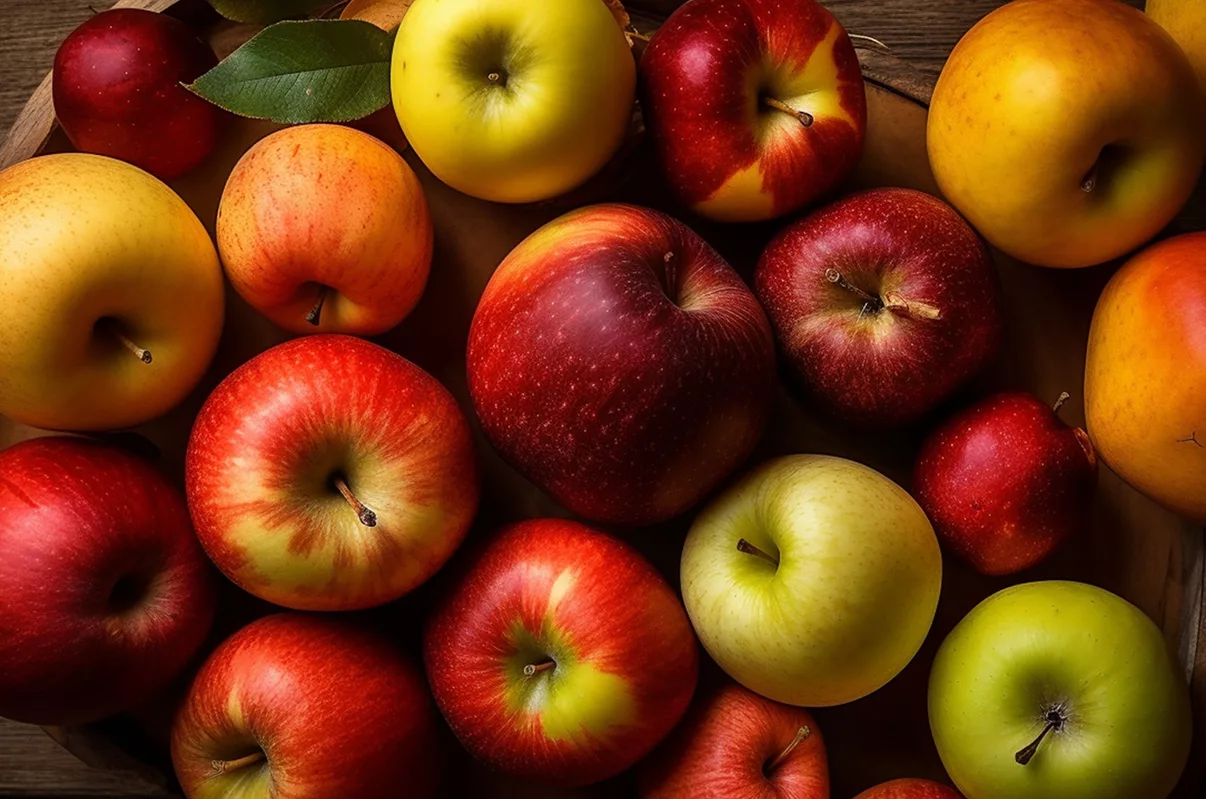
Ida Red
A recent study found that the Ida Red packs more antioxidants than nearly any other variety out there! Originally cultivated in Idaho in the 1930s, the Ida Red is both sweetly tart and juicy, great for eating out of hand. Or cook it down with the skin on to make a stunning pink applesauce.
King David
Small to medium sized, King Davids are an old cultivar, discovered in the late 1800s. Their flavor is sweet and tart, with notes of wine. Cook down to really bring out the wine flavors.
Prairie Spy
This variety is said to resemble Honeycrisps in flavor — a great honor among apples. Originally grown in Minnesota, the Prairie Spy can survive well in cold environments, so it remains popular late into the season. A great all-purpose apple.
Wagener
One of the oldest varieties you’ll find, the Wagener was first grown in 1791 in New York, and was one of the most popular of its time. Very crisp and sweet-tart. Generally eaten out of hand or cooked into applesauce.